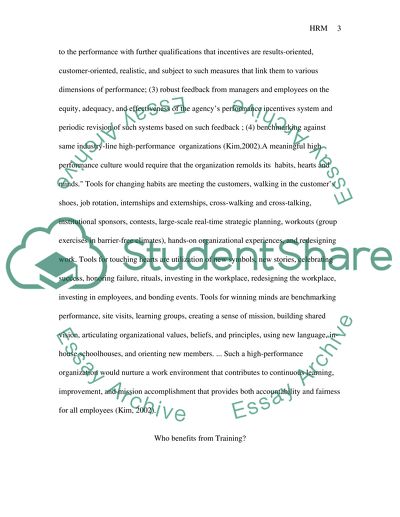Cite this document
(Human Resource Management - Marketing Ethics Essay, n.d.)
Human Resource Management - Marketing Ethics Essay. Retrieved from https://studentshare.org/human-resources/1507729-human-resource-management-marketing-ethics
Human Resource Management - Marketing Ethics Essay. Retrieved from https://studentshare.org/human-resources/1507729-human-resource-management-marketing-ethics
(Human Resource Management - Marketing Ethics Essay)
Human Resource Management - Marketing Ethics Essay. https://studentshare.org/human-resources/1507729-human-resource-management-marketing-ethics.
Human Resource Management - Marketing Ethics Essay. https://studentshare.org/human-resources/1507729-human-resource-management-marketing-ethics.
“Human Resource Management - Marketing Ethics Essay”, n.d. https://studentshare.org/human-resources/1507729-human-resource-management-marketing-ethics.


